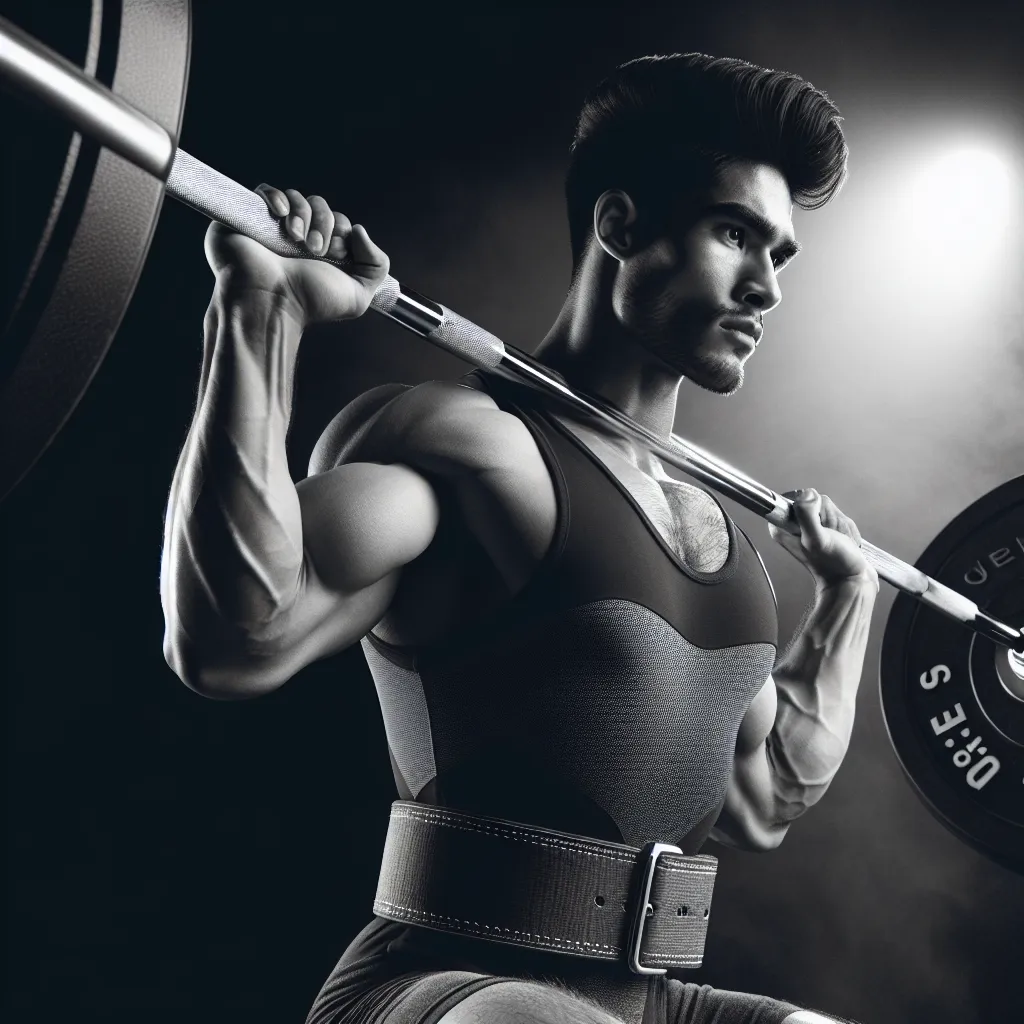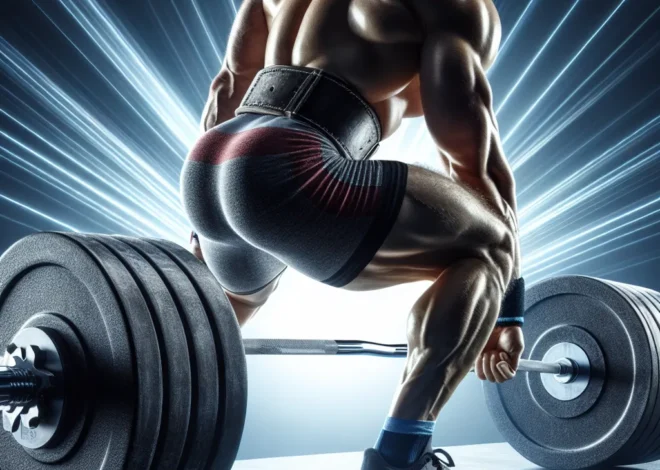
The Impact of Weightlifting Belts on Performance
Why Weightlifting Belts Are Used in Strength Training
Weightlifting belts have become a common sight in the gym, particularly among those who engage in heavy lifting and strength training. These belts are designed to provide support to the lower back and abdominal region during weightlifting exercises. The primary reason they are used in strength training is to increase intra-abdominal pressure. When a lifter breathes in and holds their breath while wearing a weightlifting belt, the belt provides resistance for the abs to push against, leading to increased pressure in the abdominal cavity. This intra-abdominal pressure stabilizes the spine and provides a more rigid core, which can enhance overall lifting performance and reduce the risk of injury.
Furthermore, weightlifting belts can assist in improving lifting technique by promoting proper form and preventing excessive arching or rounding of the lower back. They also serve as a tactile cue for lifters to engage their core muscles, leading to better muscle activation during lifts.
It’s important to note that weightlifting belts are typically used for heavy, maximal lifts rather than all training exercises. Some experts advise against relying on belts for every workout, as overuse may lead to a weakening of the core muscles over time. Additionally, wearing a weightlifting belt should not be seen as a substitute for developing overall core strength through targeted exercises.
In conclusion, weightlifting belts are utilized in strength training to increase intra-abdominal pressure, improve lifting technique, and reduce the risk of lower back injuries during heavy lifts. When used appropriately, they can be a valuable tool for enhancing performance and ensuring safety in the weight room.
The Effect of Weightlifting Belts on Powerlifting Performance
When it comes to powerlifting performance, the use of weightlifting belts has been a topic of much debate and research. Weightlifting belts are commonly used by powerlifters to provide support to the lower back and core during heavy lifts, such as squats and deadlifts. The primary purpose of these belts is to increase intra-abdominal pressure, which helps stabilize the spine and reduce the risk of injury during lifting.
Research on the effect of weightlifting belts on powerlifting performance has yielded mixed results. Some studies have found that wearing a weightlifting belt can lead to an increase in peak power output during lifts, particularly in the squat and deadlift. This is believed to be due to the additional support provided by the belt, allowing lifters to generate more force and lift heavier weights.
On the other hand, other research suggests that while weightlifting belts may increase stability and reduce the risk of injury, they do not necessarily lead to significant improvements in powerlifting performance. Some lifters may find that the feeling of support and stability provided by the belt allows them to focus more on technique and form, leading to better performance. However, the use of weightlifting belts is not a one-size-fits-all solution, and individual responses to wearing a belt can vary.
In conclusion, the effect of weightlifting belts on powerlifting performance is a complex and multifaceted issue. While some lifters may experience improvements in peak power output and overall performance when using a weightlifting belt, others may not see significant benefits. Ultimately, the decision to use a weightlifting belt should be based on individual needs and preferences, taking into account the potential impact on performance and injury prevention.
Debunking Myths: Understanding the Science of Weightlifting Belts
Weightlifting belts have been a subject of much debate and speculation in the fitness community. While some people swear by their ability to enhance performance and prevent injury, others claim that they are unnecessary and may even be harmful. Debunking myths and understanding the science behind weightlifting belts is crucial for making informed decisions about their use.
One common myth surrounding weightlifting belts is that they act as a substitute for core muscle engagement, leading to a weakening of the core over time. However, research has shown that weightlifting belts actually compliment the body’s natural bracing mechanism by increasing intra-abdominal pressure. This, in turn, helps to stabilize the spine and reduce the risk of injury during heavy lifting.
Another misconception is that weightlifting belts can lead to a reliance on external support, thereby hindering the development of core strength. In reality, wearing a weightlifting belt during heavy lifting does not eliminate the need for proper core training. Rather, it provides an additional layer of support, allowing lifters to lift heavier loads and potentially stimulate greater muscle growth.
Furthermore, some individuals believe that weightlifting belts restrict breathing and can impede performance. On the contrary, when worn correctly, weightlifting belts can enhance breathing mechanics by providing a cue for diaphragmatic breathing and promoting better breathing patterns during lifts.
In conclusion, understanding the science behind weightlifting belts is essential for dispelling common myths and misconceptions. When used properly, weightlifting belts can be valuable tools for improving performance and reducing the risk of injury during heavy lifting.
Choosing the Right Weightlifting Belt: Tips and Considerations
When it comes to weightlifting, choosing the right weightlifting belt is a crucial decision that can significantly impact performance and safety. Weightlifting belts are designed to provide support to the lower back and core during heavy lifts, helping to stabilize the spine and reduce the risk of injury. However, selecting the right belt requires careful consideration of several factors.
First and foremost, it’s essential to consider the width and thickness of the weightlifting belt. A wider belt provides more support to the lower back and abdominal muscles, making it ideal for heavy powerlifting movements. Thicker belts offer greater rigidity, which can be beneficial for maximal lifts. On the other hand, thinner belts may be more suitable for Olympic weightlifting or movements that require greater flexibility.
Another crucial consideration is the material of the weightlifting belt. Leather belts are known for their durability and firmness, providing excellent support for heavy lifting. However, they may require a break-in period to conform to the lifter’s body. Alternatively, nylon belts are more flexible and can be more comfortable for dynamic movements, making them a popular choice for CrossFit and functional fitness enthusiasts.
Furthermore, the closure system of the weightlifting belt is an important factor to consider. Single-prong and double-prong buckles offer a secure fit and are easy to adjust, while lever belts provide quick release and tight fastening for maximum support. Velcro belts are convenient for fastening but may not offer the same level of support during heavy lifts.
Ultimately, the right weightlifting belt for an individual depends on their specific lifting style, body type, and personal preferences. It’s recommended to try different belt options and consider expert guidance to ensure the most suitable choice for optimal performance and safety.


